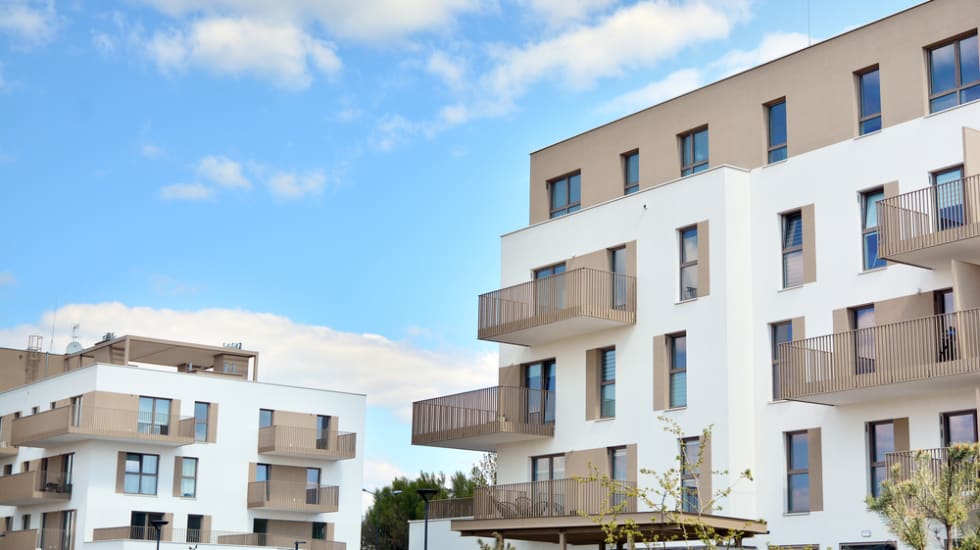The Pembroke
- 114 units available
- 1 bed • 2 bed
- Amenities
In unit laundry, Granite counters, Hardwood floors, Dishwasher, Pet friendly, 24hr maintenance + more

As you start searching for the apartment of your dreams, you’ll look through countless listings. You must have an idea of what exactly it is you’re looking at when you find it, though. To make sure you fully understand the apartment listings you’re researching, here are a few standard key terms you may encounter.

After completing your application process comes the crucial time to review your lease agreement. Since your lease serves as a legally binding document, you want to ensure you understand every single word of it. To help prevent any confusion, here are some standard terms you may encounter in your lease.

There is so much to know about the different types of units available to you regarding renting. To find the perfect fit for your lifestyle and budget, it’s a good idea to know precisely what you are looking for before you start your searches. Here are some of the different types of unit types that may be available to you.

In unit laundry, Granite counters, Hardwood floors, Dishwasher, Pet friendly, 24hr maintenance + more
In unit laundry, Patio / balcony, Granite counters, Pet friendly, Stainless steel, Walk in closets + more